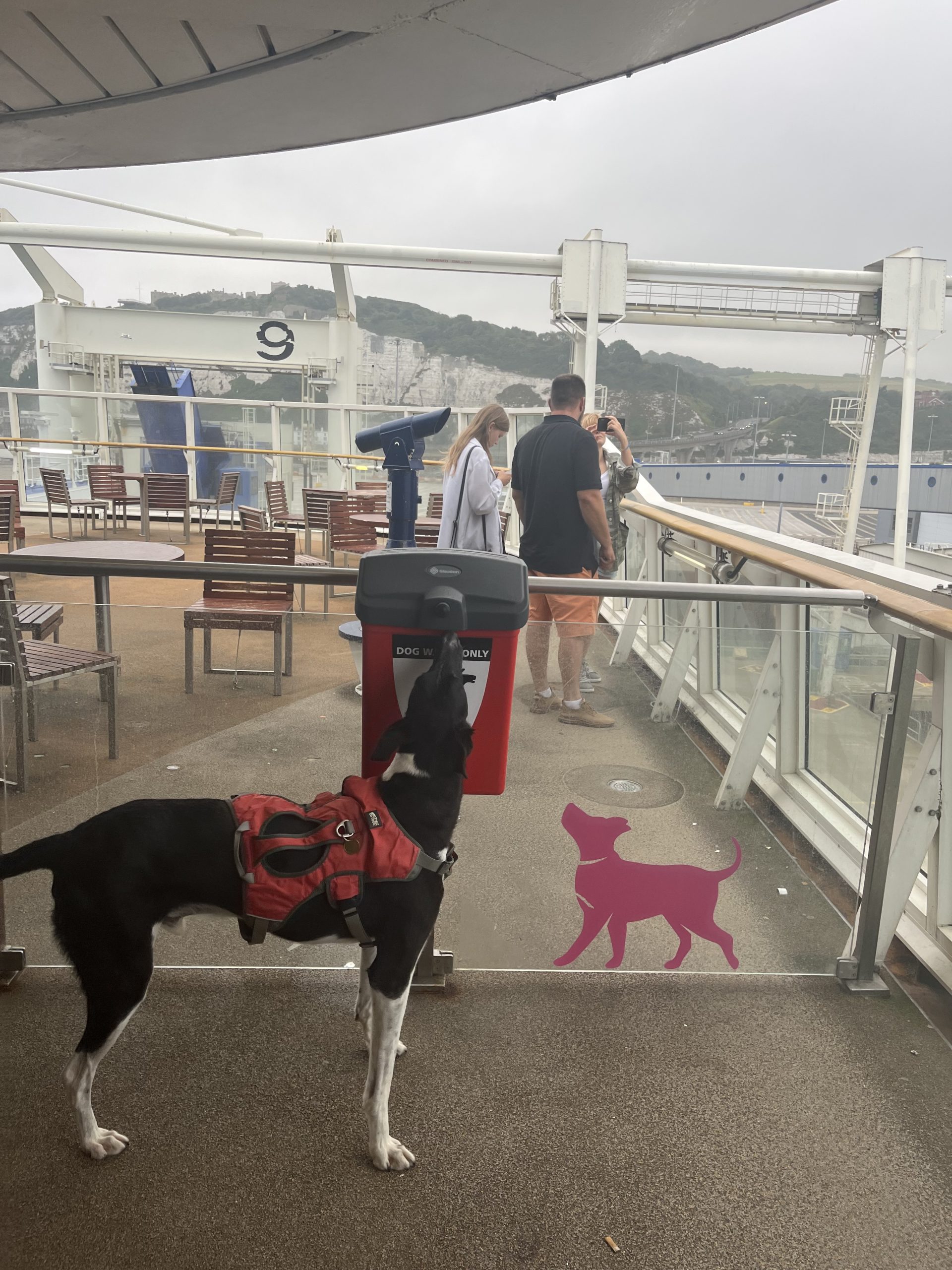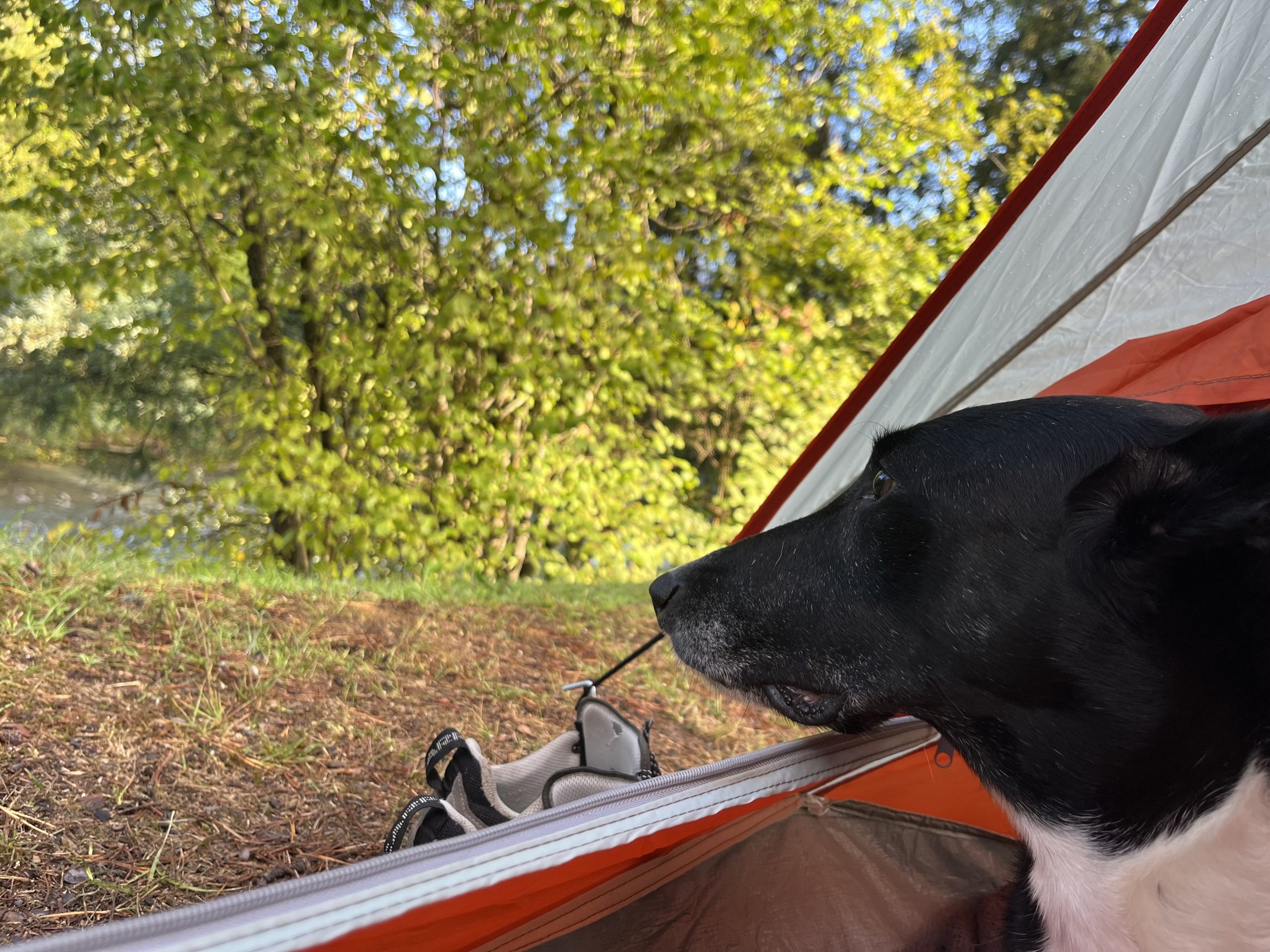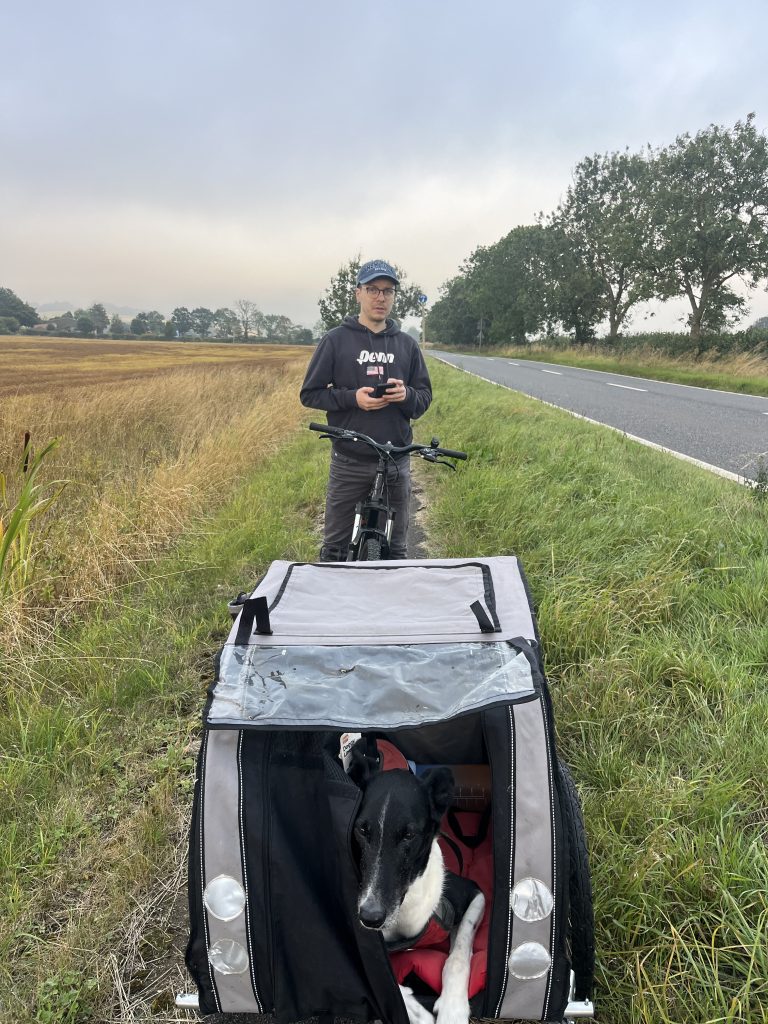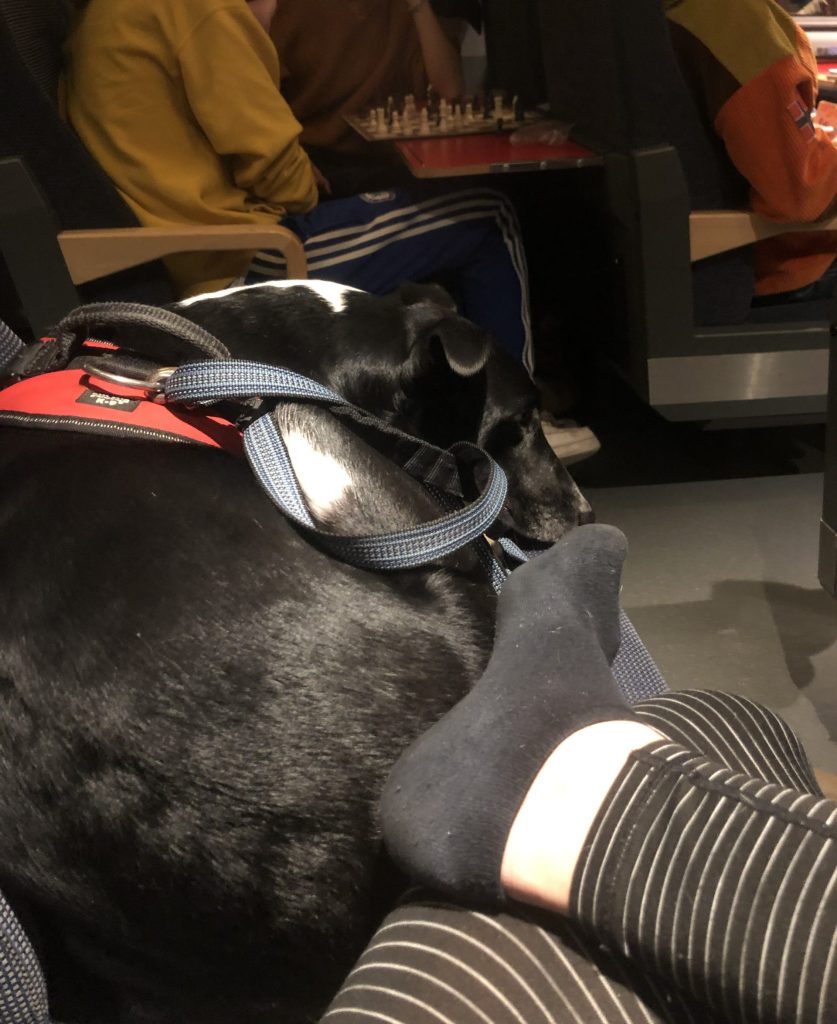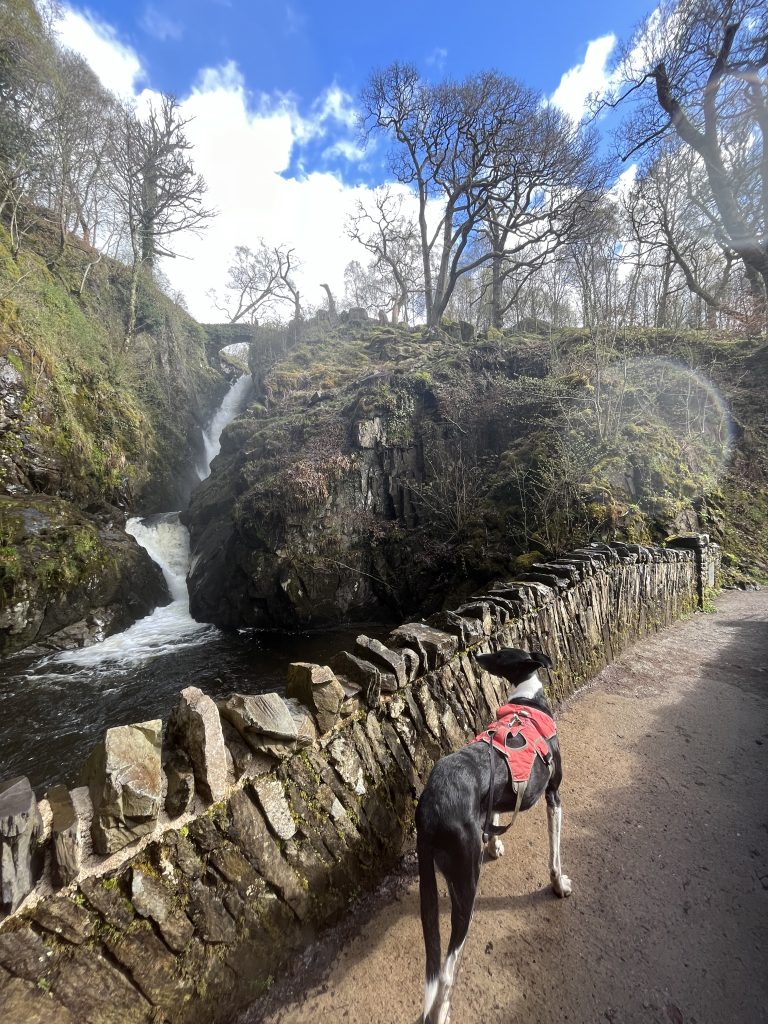How to Prepare for Your Pet-Friendly Holiday
WhAT YOU NEED TO REMEMBER, BEST TOOLS and TRICKS
I am currently preparing for our little trip to Wales with our dog, and I thought it would be a perfect time to write a post on how best to prepare for your pet-friendly holiday. I’m more of a person who learns by doing, but maybe someone will find it useful to read about what I’ve learned over the years.
Disclaimer: Our experience only revolves around Europe and the US, so I base my tips on those locations, but some of it may be relevant for other parts of the world as well.

1. Research the Location
While this may not be the case for my trip to Wales, as the majority of the UK is very pet-friendly and regions are fairly similar, whenever I plan to travel somewhere new with my furry companions, I always take a bit of time to research the location. Some important questions you want to ask are:
- How pet-friendly is this place? I usually try to be quite specific with a city or region, not only the country name, as I’ve found some regions may be different from others.
- What’s the stray situation in this country? I’m personally quite wary of countries with a high population of strays, either when I travel with my dog or on my own. I just can’t handle the sadness of watching them. I’ve chatted with a few people who travelled with their dogs to more ‘stray-heavy’ locations, and they said the strays are rarely aggressive to other dogs or people. It’s still better to be aware and careful.
- Do I need any additional checks or vaccinations for this country? It’s always important to arrive in the country with appropriate paperwork to avoid stress and delays. Wherever you travel, you need to have a valid rabies vaccine in your pet’s passport, but there are countries that will require more than that, e.g., tapeworm treatment or titer test. And never forget checking your home country as well. While most EU countries will not require tapeworm treatment for dogs, you will have to obtain it when returning to the UK.
- Laws and regulations. This will strongly depend on your journey plan, but it’s also important before you start deciding on the details. How are you going to travel? If by train, are dogs allowed on trains in this country? If you’re a museum hopper, are dogs allowed in museums in this city? And if you’re planning an outdoorsy retreat, do not always assume dogs are allowed on all trails. Just to give you an example – Poland does not allow dogs in National Parks (silly, I know).
2. Plan Your Trip
Once you know where you’re going and more or less what you’ll be doing (or at least what restrictions you’ll face when you get there), it’s time to get down to more detailed planning. Focus especially on your accommodation and transport. Since pet-friendly accommodation is still much more limited, I’d suggest booking that in advance, especially if you’re visiting a popular spot during a busy period (but you already know that, don’t you?).
When booking my accommodation, I usually rely on search engines as they do really well with the ‘pet-friendly’ filters. Once I find the accommodation I like and book it, I then make sure the place knows to expect pets with us. Airbnb is great as you can specify the number of pets same as guests, but with others like Booking.com, I usually message the property directly. Sometimes you should expect an additional cleaning fee for the pet.
Of course, if you want, you can go the old-fashioned way and just use Google. Often websites will mention if the accommodation is pet-friendly, and if not, you can just message or call them.
In terms of transport, that will require a bit more research, all depending on the mode:
- If you’re travelling by car, it’s quite easy; all you need to worry about are ferries (if you need one).
- When travelling by train, most EU countries will allow dogs on trains (usually with a muzzle on or in a pet carrier), but there are some exceptions on certain routes, so make sure you research your specific train.
- Coaches are much harder; I personally haven’t heard of a coach that would allow pets on board, but again, you should research it further, depending on your location.
I will not cover travelling by plane here, as I do not have any personal experience with flying with my dog, due to his size and my tremendous anxiety over putting dogs in cargo.
3. Pack up
I briefly covered what I usually pack for my pets when travelling in my post about how to start travelling with your pets, but for the curious, here is my packing list for camping in Wales with my dog:
- Five-litre dry-food container (I’m travelling by car, so I’m spoiled with a lot of space. If travelling by train or with less space, I would pack it in smaller bags and the specific amount he needs for the duration of the trip)
- Cooler with his wet food
- Pair of bowls
- Walking sachet with poo bags, portable water bowl, and treats
- Sleeping bag (I just use my old sleeping bag, and he likes it)
- Raincoat (Sorento hates being wet, and it’s Wales, so…)
- Treats
- Toy
- Muzzle (Just in case)
- Spare lead
- Towel (again, it’s Wales, but I carry a towel with me wherever I go)
- Travel bed (we use the cheapest one of Amazon and. it’s great for trail stops, restaurants etc. I know, my dog is spoiled)
Some items that I won’t pack now but I would normally pack on other trips:
- Passport
- Boots (whether for cold or hot weather)
- Warm coat (again, if travelling somewhere cold)
- LED collar (especially for winter time travelling and when going to the outdoors)
- Cat packpack and soft cage when travelling with cats
- Bike trailer (whenever we’re planning a bike trip- due to Sorento’s age and three legs he now enjoys the bike trips from the comfort of a bike trailer)
4. Pet-Friendly Activities
So how can you ensure that both you and your pet have a great time during your holiday? There are some activities that are more pet-friendly than others, and here’s a list of my personal favorites:
- Walking: You can never go wrong with a nice walk, and you can do it almost whenever or wherever you go. Many urban and outdoor places can be fully experienced just through walking around, enjoying the sites and scenery.
- Hiking: Everything outdoors is generally quite dog-friendly, and when it comes to hiking, you can’t go wrong. Just make sure the trail is accessible and safe for dogs to complete.
- Camping: Another beautiful outdoor activity that is usually 100% pet-friendly. Just need to ensure your campsite is happy with dogs and you’re good to go for your amazing time spent with nature and your four-legged companion (or three-legged, like with Sorento).
- Visiting outdoor spheres and monuments: This strongly ties in with the walking element, but many cities will have some incredible outdoor sites and activities, like parks, farmer’s markets, fountains, etc.
These steps are usually enough for me to have a great time travelling with my dog, and I hope they will help you too. Remember, every trip is a learning experience, so don’t stress if you forget something or encounter unexpected challenges. The joy of exploring new places with your four-legged companion far outweighs any minor hiccups along the way.
Have you travelled with your pet before? What are your top tips or favorite destinations? I’d love to hear about your experiences in the comments below. And if you’re planning your first pet-friendly adventure, don’t hesitate to reach out with any questions.
Happy pawventuring!
